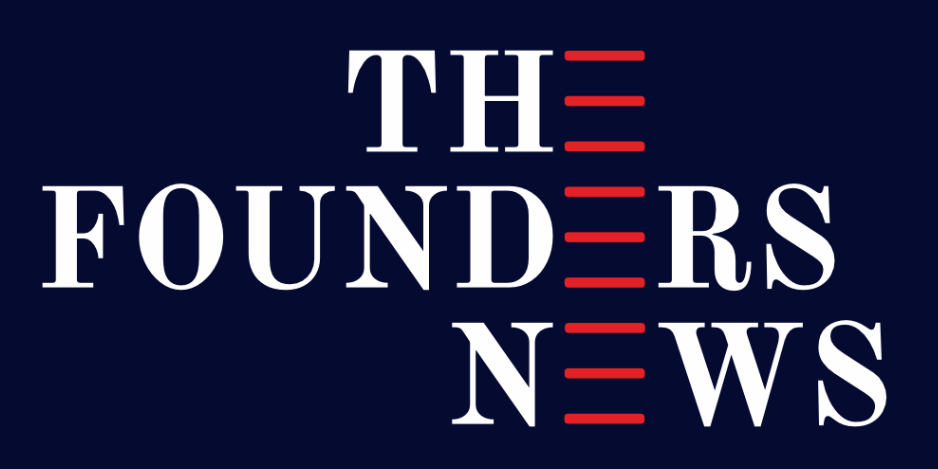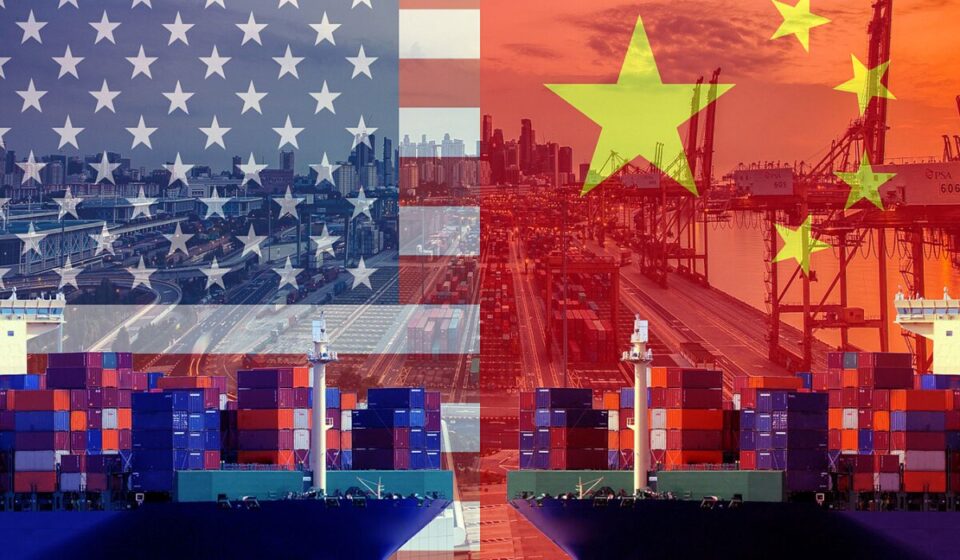In a bid to bolster its economy against mounting U.S. tariff pressures, China has implemented significant monetary measures, including a policy rate cut and a reduction in bank reserve requirements. The People’s Bank of China lowered the required reserve ratio by 0.5%, freeing up approximately 1 trillion yuan ($137.6 billion) for lending, while also reducing interest rates on five-year housing loans. These steps aim to stimulate economic activity amid a challenging export environment and a prolonged property sector downturn.
The moves come as trade tensions with the United States have escalated, with U.S. tariffs on Chinese goods reaching 145% and China retaliating with 125% tariffs on American imports. Both sides have introduced exemptions to mitigate domestic impacts—China excluded pharmaceuticals, microchips, and aircraft engines, while the U.S. exempted smartphones and select electronics. However, the high tariffs have disrupted global supply chains, roiled financial markets, and raised fears of a broader economic slowdown.
In a step toward de-escalation, U.S. Treasury Secretary Scott Bessent and U.S. Trade Representative Jamieson Greer will meet China’s Vice-Premier He Lifeng in Geneva, Switzerland, from May 9-12, 2025. The talks, described as an “initial triage” by a U.S. official, aim to reduce tensions rather than secure a comprehensive trade deal. Bessent has repeatedly called the current tariff levels “unsustainable,” likening them to a trade embargo, and emphasized a focus on “fair trade” over decoupling. China’s Commerce Ministry echoed the need for mutual respect, warning against using talks as a pretext for further U.S. pressure.
The Geneva meeting, held on neutral ground, follows weeks of diplomatic stalemate, with both sides initially hesitant to appear as the first to seek negotiations. China’s decision to engage was framed as a response to U.S. outreach, considering “global expectations” and domestic interests. Market reactions were positive, with U.S. equity futures and Asian stock markets rising after the announcement. However, analysts caution that substantive progress may be limited without prior tariff reductions, and the talks risk becoming a platform for restating grievances if clear objectives aren’t set.
As the world’s two largest economies navigate this high-stakes dialogue, the outcome could shape global trade dynamics and economic stability. Businesses on both sides, facing supply chain disruptions and rising costs, are closely watching for signs of relief.


